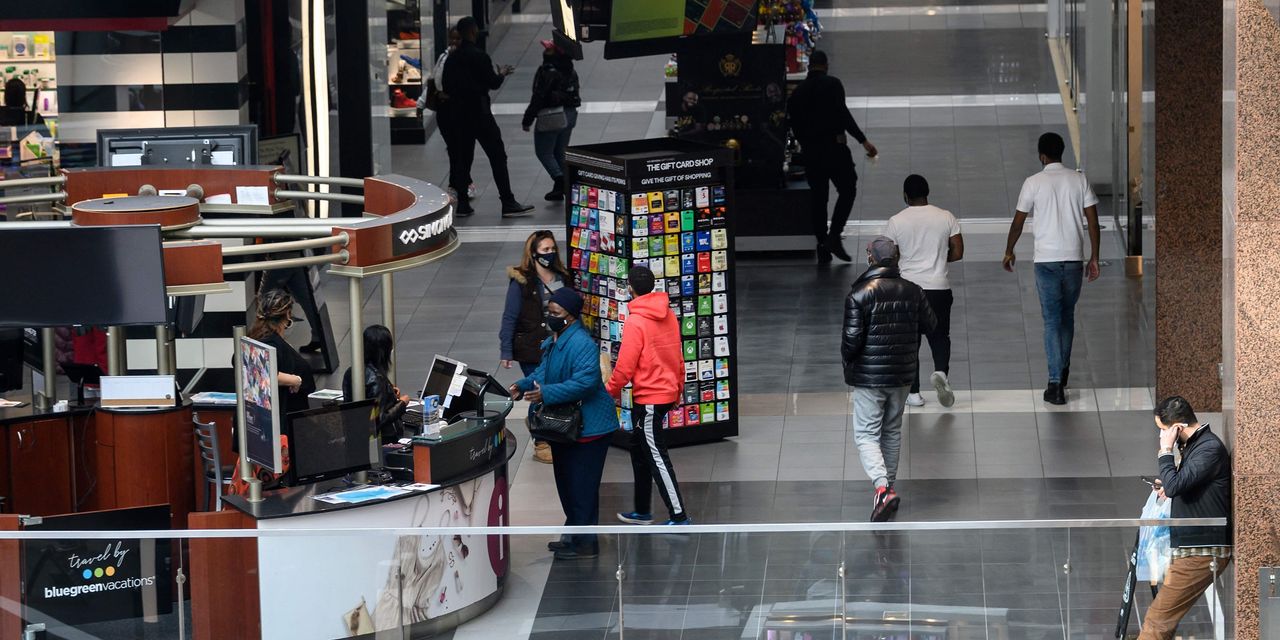
Société Générale’s Albert Edwards has spent years building his reputation as one of Wall Street’s most closely-followed market bears. And while U.S. stocks narrowly avoided bear market territory this week, the longtime economist and market strategist has envisioned a scenario — inspired by the disappointing earnings from Target and Walmart that rattled stocks last week — that describes how the U.S. economy (and perhaps the global economy) might finally tip into recession.
When it comes to those retailers’ earnings, Edwards explains that it wasn’t disappointing sales that were the primary source of disappointment, but rather the sharp decline in profit margins. This in turn wasn’t driven by rising wages and inflation, but rather by the cost of dealing with excessive inventories, which helped to squeeze margins, as retailers cut costs to try to move products that had been sitting in warehouses and on shelves for too long.
This might sound vaguely counterintuitive to readers. After all, isn’t the U.S. economy mired in a supply-chain crisis? How could these supply-chain backlogs have materialized without the financial media noticing? These are all valid questions and Edwards answers them thusly: he explains that while business inventories declined during the third quarter of last year (by $46 billion), they actually surged during both the fourth quarter of last year (by $212 billion) and again during the first quarter of this year (by $185 billion) as business sought to gird against future supply chain disruptions by gorging on inventories.
This is where things start to get complicated: while inventories continued to rise during the first quarter, the pace at which they rose slowed compared with the prior quarter. Because of this, the slowdown in inventory buildup actually produced a drag on GDP. It’s this dynamic that Edwards focuses on during the rest of his analysis.
That’s because it’s not the directional pace of inventories that matters for GDP so much as the difference in the rate of accumulation from quarter to quarter.
And the slowing pace of buildup has created an inventory “elephant” that is haunting the economy, and by extension markets. Edwards added that while inventory-to-sales ratios remain depressed, a closer look reveals that the autos sector is causing some distortions here. When this is factored out, the threat of excess inventories becomes more apparent.
The result could hamper economic growth in the U.S., and in China, which could have serious repercussions for the global economy.
“If we accept there is an inventory issue at the retail level in the U.S., producers are clearly going to see orders cut…the pain might be felt most keenly outside of the US. China is likely to be especially hard hit — just at a time when the authorities there are desperately trying to revive growth. While I think it is only a matter of time before the Fed capitulates, maybe it will actually be China that is forced to (re-)open the liquidity floodgates first.
And just like that, Edwards has sketched out a vision of how the supply chain crunch could evolve into an economy-crushing glut.











Add Comment